From Startup to SaaS Powerhouse: Understanding Growth and Scaling
In the world of SaaS (Software as a Service), growth and scaling are two concepts that are often used interchangeably, but they have distinct meanings. To take your SaaS company to the next level, it's crucial to understand the differences between these two phases and implement strategies that drive success. In this article, we'll delve into the key differences between growth and scaling, and explore actionable strategies to increase your Average Revenue Per User (ARPU) by 20%.
Introduction to Growth and Scaling
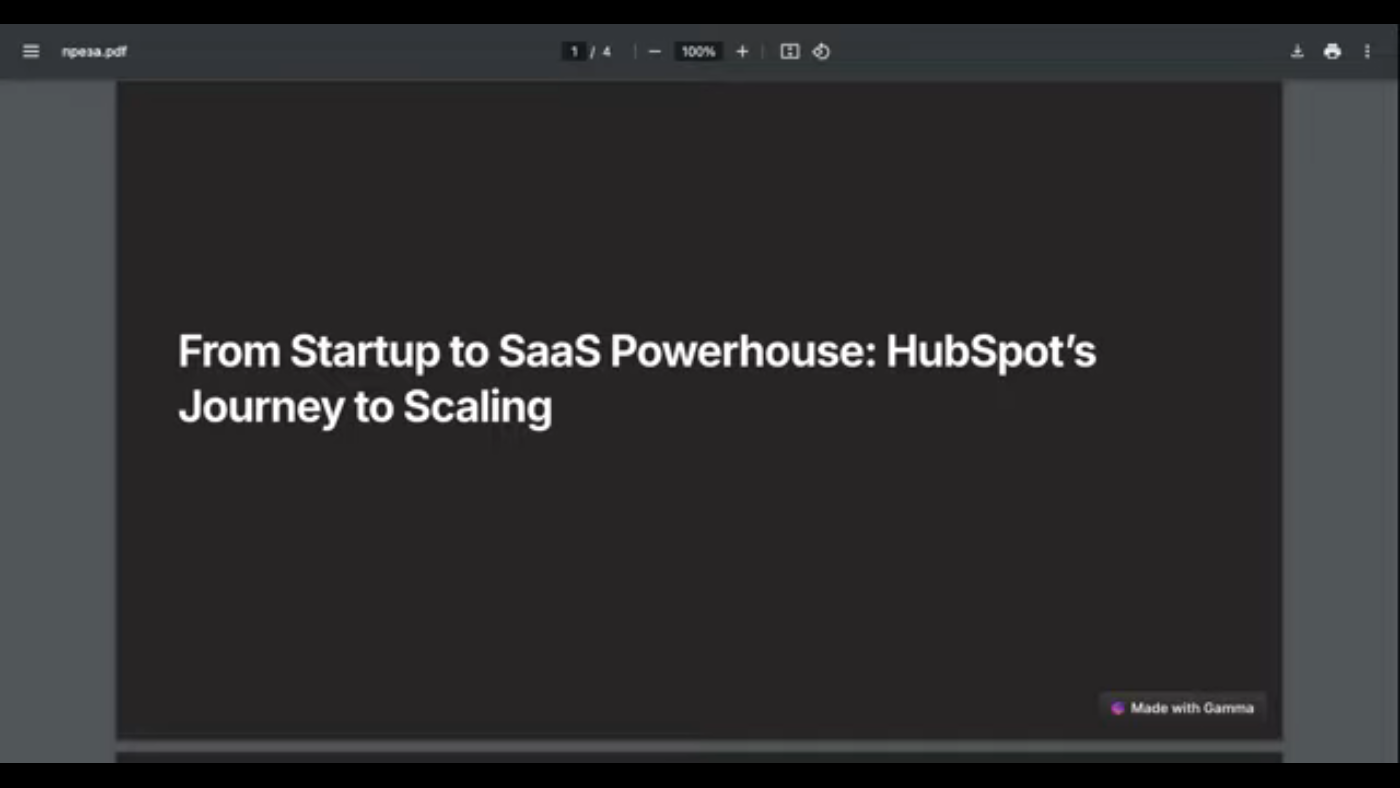 Understanding the concept of growth and scaling in SaaS
Growth in SaaS refers to the initial stage where a company focuses on acquiring new customers, increasing brand awareness, and expanding its market share. This stage is characterized by rapid experimentation, iteration, and a focus on product-market fit. On the other hand, scaling refers to the phase where a company builds on its existing success, optimizes its processes, and strives for efficiency. Scaling involves refining strategies, streamlining operations, and making data-driven decisions to drive sustainable growth.
Understanding the concept of growth and scaling in SaaS
Growth in SaaS refers to the initial stage where a company focuses on acquiring new customers, increasing brand awareness, and expanding its market share. This stage is characterized by rapid experimentation, iteration, and a focus on product-market fit. On the other hand, scaling refers to the phase where a company builds on its existing success, optimizes its processes, and strives for efficiency. Scaling involves refining strategies, streamlining operations, and making data-driven decisions to drive sustainable growth.
The Difference Between Growth and Scaling
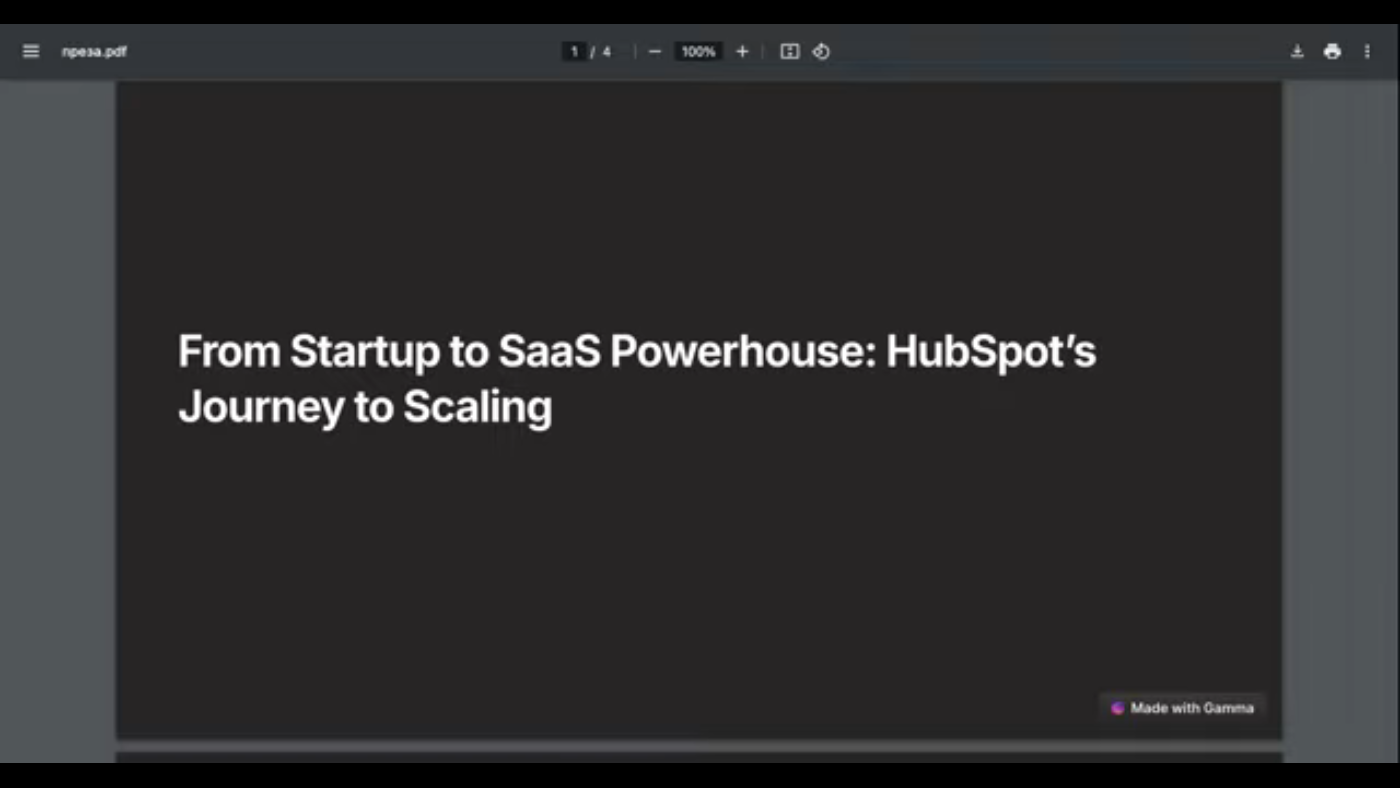 Key differences between growth and scaling stages
Understanding the distinction between growth and scaling is vital because it allows SaaS companies to tailor their strategies to their current stage. During growth, the focus is on rapid experimentation and customer acquisition, whereas during scaling, the emphasis shifts to optimization, efficiency, and sustainability. By recognizing which stage their company is in, founders and marketers can make informed decisions about resource allocation, product development, and marketing strategies.
Key differences between growth and scaling stages
Understanding the distinction between growth and scaling is vital because it allows SaaS companies to tailor their strategies to their current stage. During growth, the focus is on rapid experimentation and customer acquisition, whereas during scaling, the emphasis shifts to optimization, efficiency, and sustainability. By recognizing which stage their company is in, founders and marketers can make informed decisions about resource allocation, product development, and marketing strategies.
Strategies for Scaling SaaS Marketing
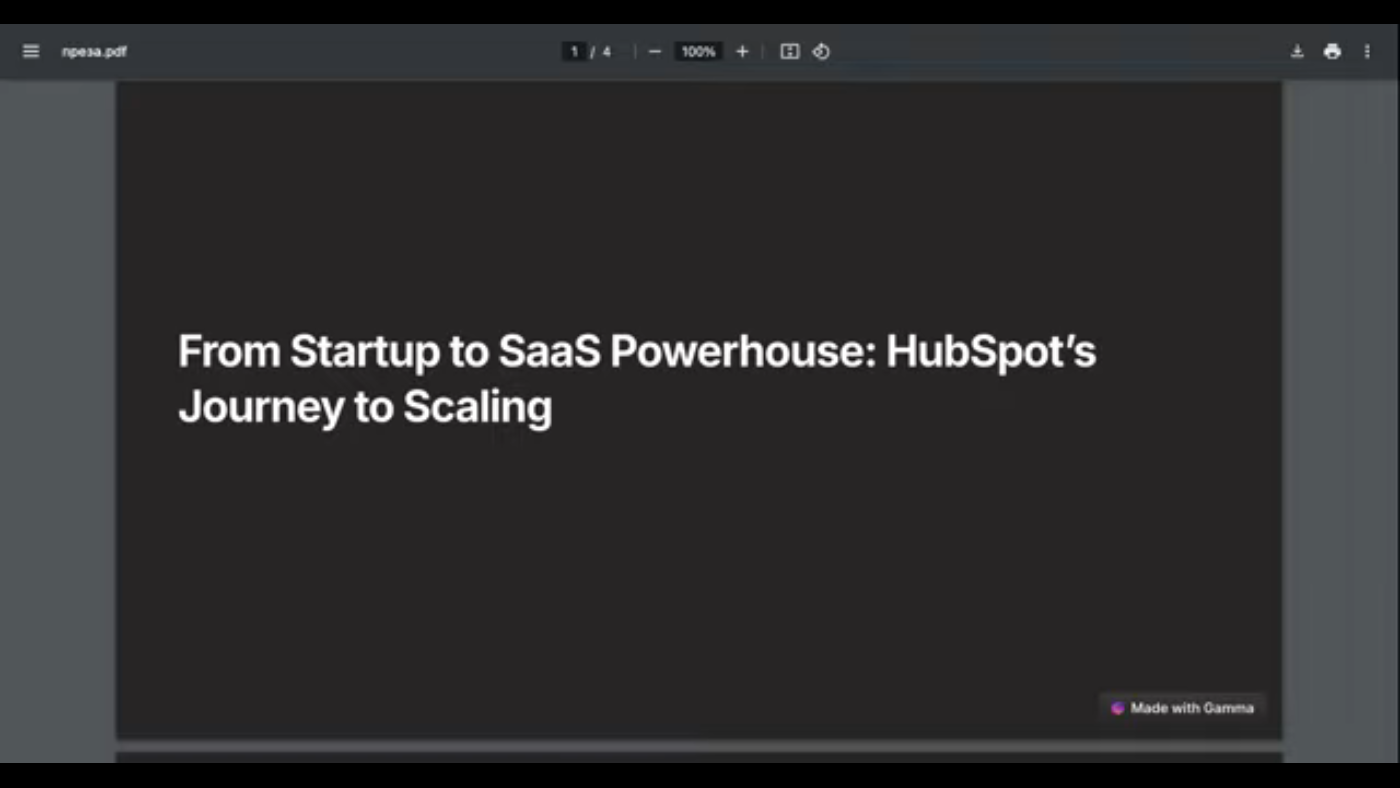 Proven strategies to scale your SaaS marketing
To scale SaaS marketing, companies can employ several strategies, including:
Proven strategies to scale your SaaS marketing
To scale SaaS marketing, companies can employ several strategies, including:
- Refine Your Strategies: Conduct A/B tests on pricing, messaging, and creatives to optimize your marketing efforts.
- Understand Your Traffic: Know where your traffic is coming from, when to get traffic, and which sources to use.
- Testing: Continuously test and iterate to identify pitfalls that might hinder your growth.
- Data-Driven Decision Making: Use data to inform your decisions and drive sustainable growth.
Tools and Tips for Data-Driven Decision Making
 Tools and tips for data-driven decision making in SaaS
To make data-driven decisions, SaaS companies can leverage various tools and techniques, such as:
Tools and tips for data-driven decision making in SaaS
To make data-driven decisions, SaaS companies can leverage various tools and techniques, such as:
- Marketing Analytics Platforms: Utilize platforms that provide insights into customer behavior, acquisition costs, and revenue growth.
- A/B Testing Tools: Employ tools that enable A/B testing and experimentation to optimize marketing strategies.
- Customer Feedback: Collect and act on customer feedback to improve product offerings and marketing messaging.
Implementing Scaling Strategies
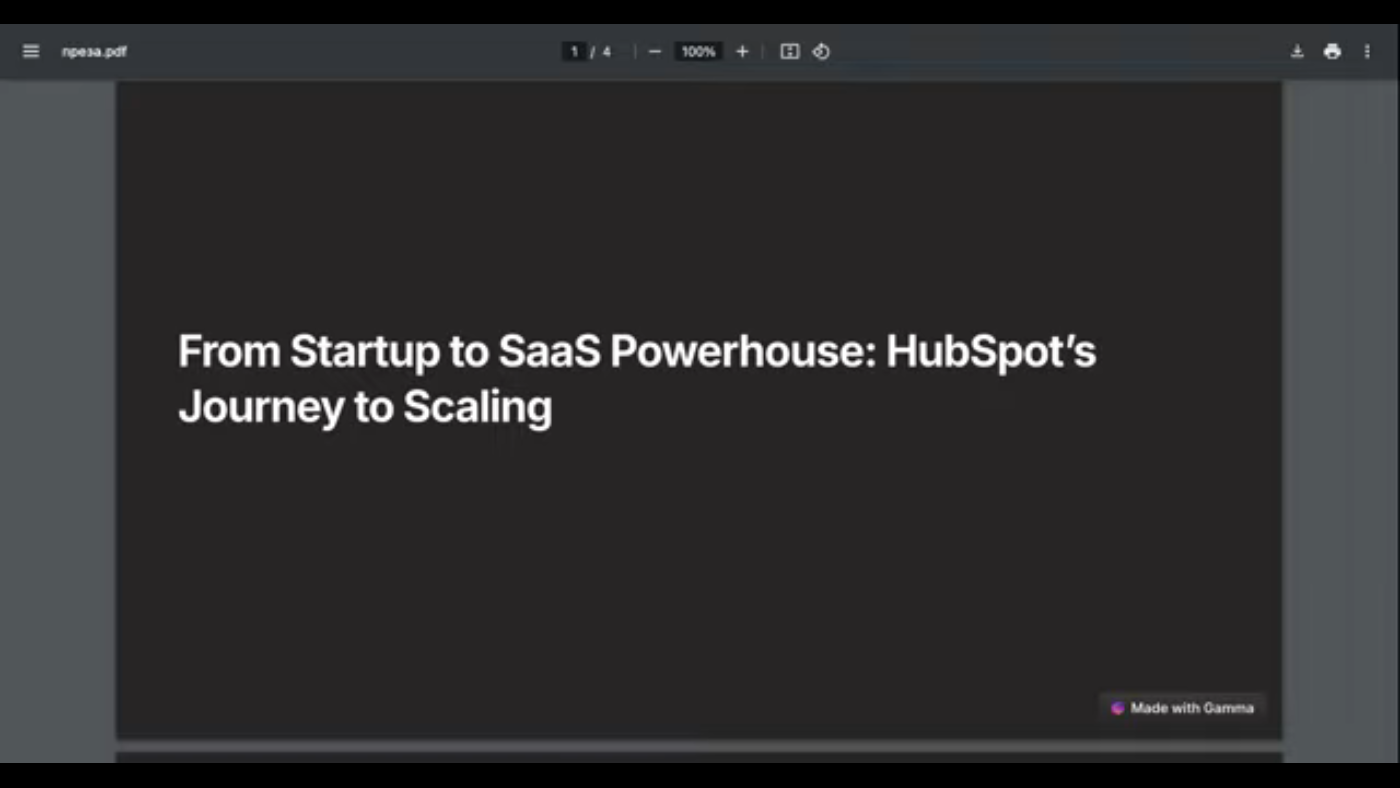 Implementing scaling strategies for SaaS growth
Implementing scaling strategies requires careful planning, execution, and continuous monitoring. SaaS companies should:
Implementing scaling strategies for SaaS growth
Implementing scaling strategies requires careful planning, execution, and continuous monitoring. SaaS companies should:
- Set Clear Goals: Establish clear goals and objectives for scaling.
- Allocate Resources: Allocate sufficient resources, including budget and personnel, to support scaling efforts.
- Monitor Progress: Continuously monitor progress, identify bottlenecks, and make adjustments as needed.
Conclusion and Next Steps
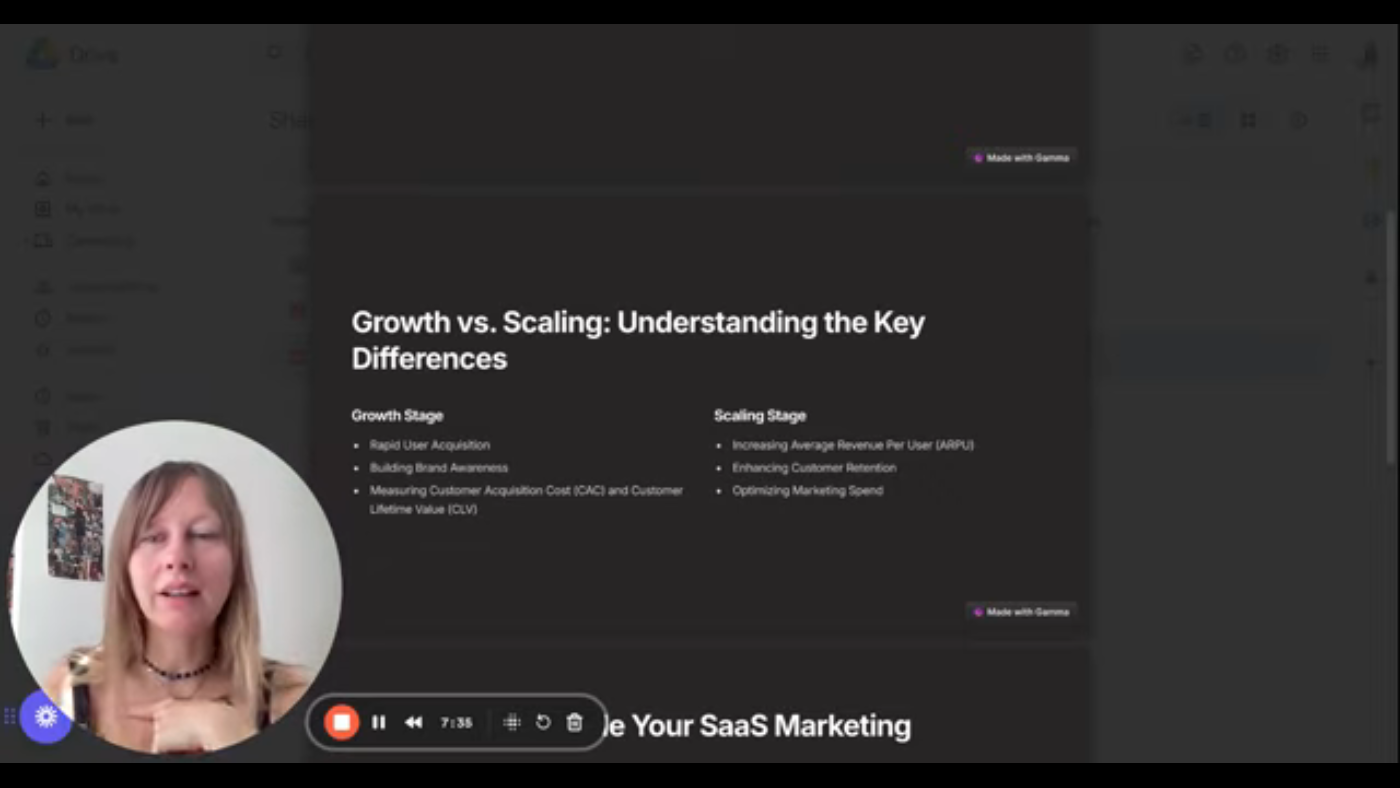 Conclusion and next steps for SaaS scaling
In conclusion, understanding the differences between growth and scaling is crucial for SaaS companies looking to take their business to the next level. By implementing proven strategies, leveraging tools and techniques for data-driven decision making, and executing scaling strategies effectively, SaaS companies can drive sustainable growth and increase their ARPU by 20%.
Conclusion and next steps for SaaS scaling
In conclusion, understanding the differences between growth and scaling is crucial for SaaS companies looking to take their business to the next level. By implementing proven strategies, leveraging tools and techniques for data-driven decision making, and executing scaling strategies effectively, SaaS companies can drive sustainable growth and increase their ARPU by 20%.
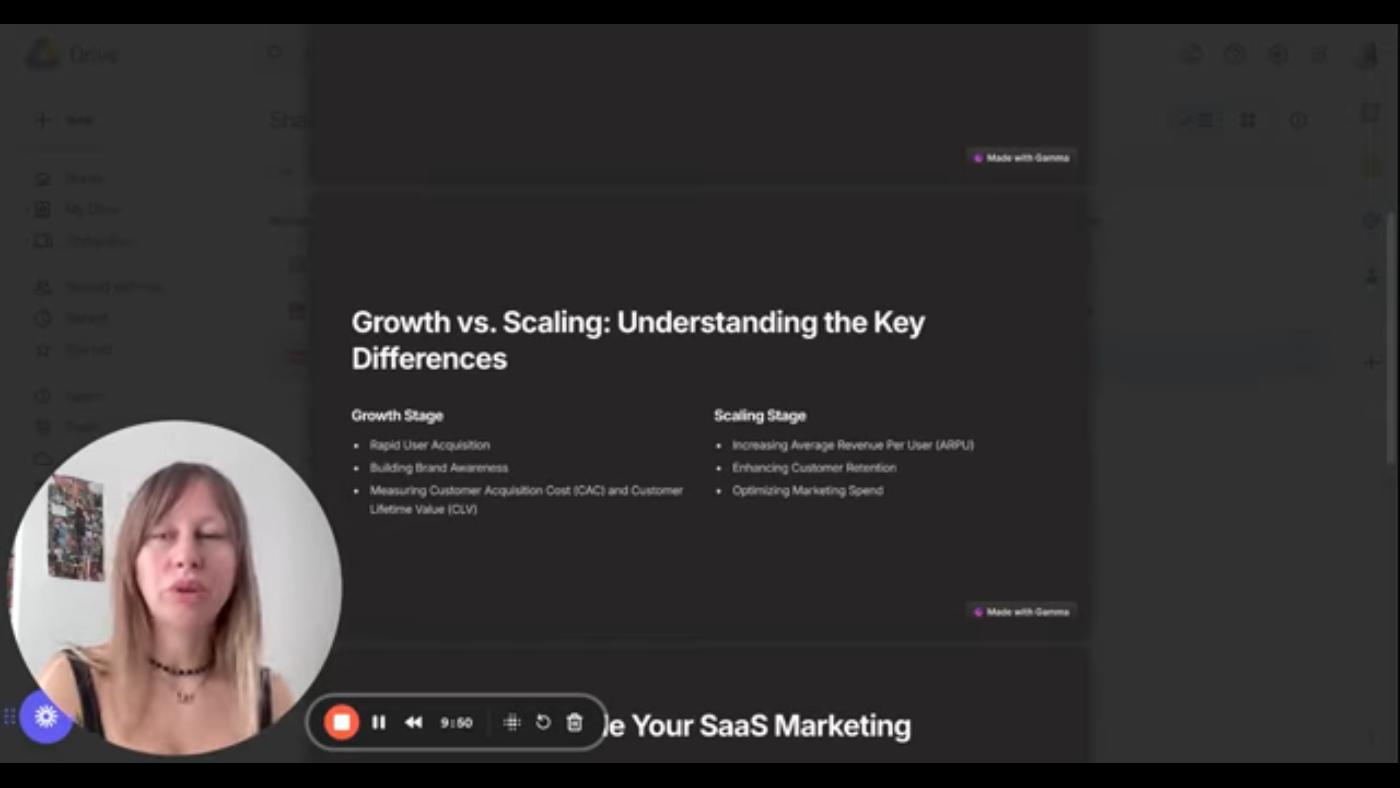 Additional tips for SaaS growth and scaling
Additional tips for SaaS growth and scaling
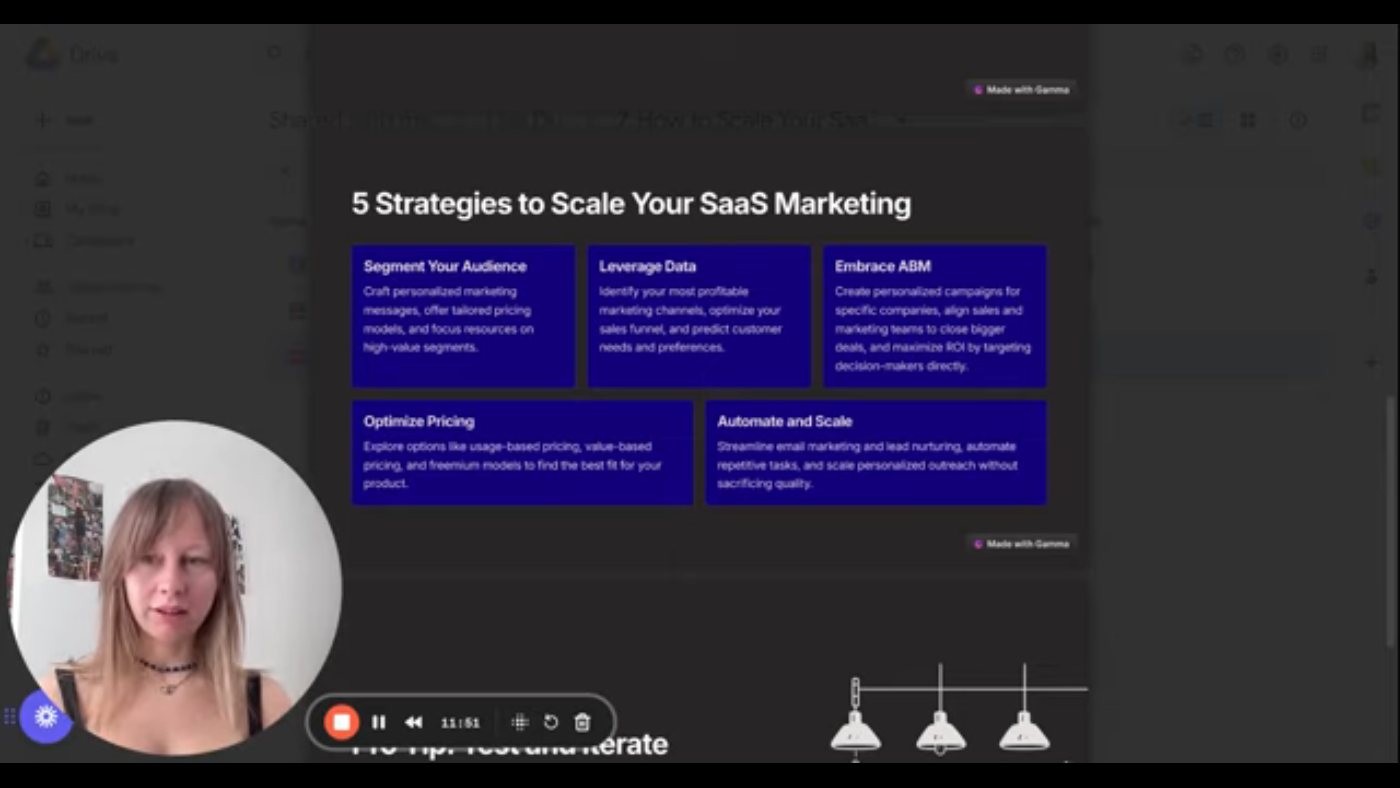 Final thoughts on SaaS growth and scaling
Final thoughts on SaaS growth and scaling
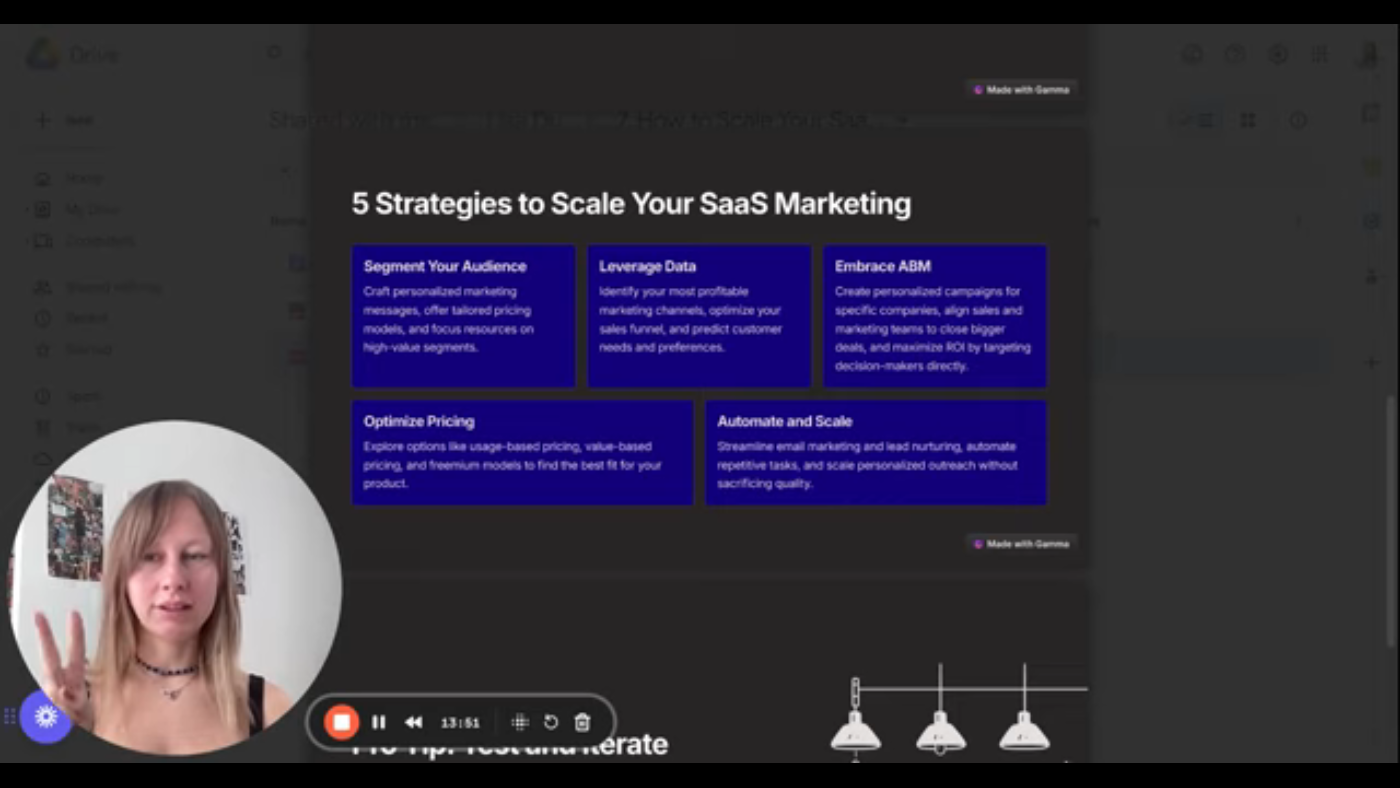 Take the SaaS Growth Test and discover which marketing channels you can scale for maximum impact
Take the SaaS Growth Test and discover which marketing channels you can scale for maximum impact
